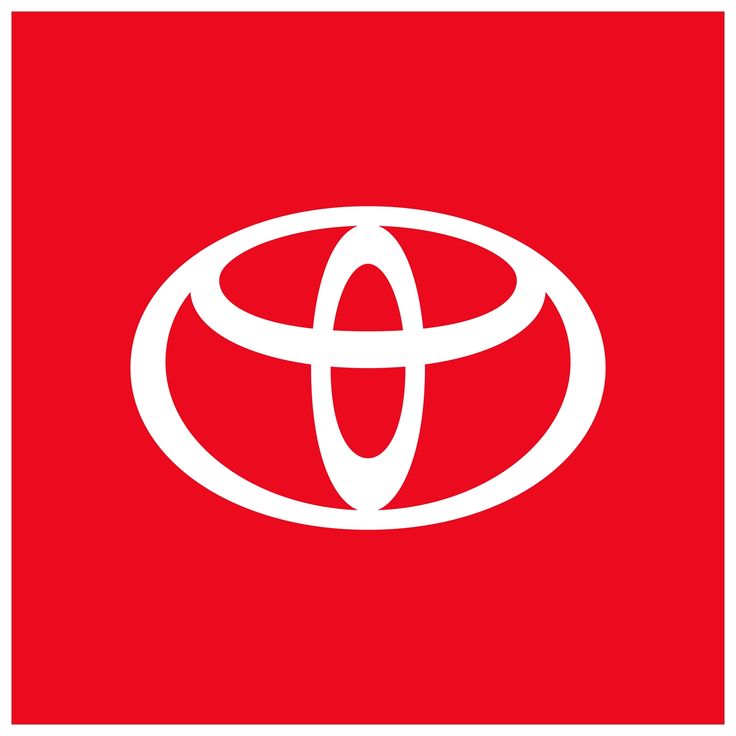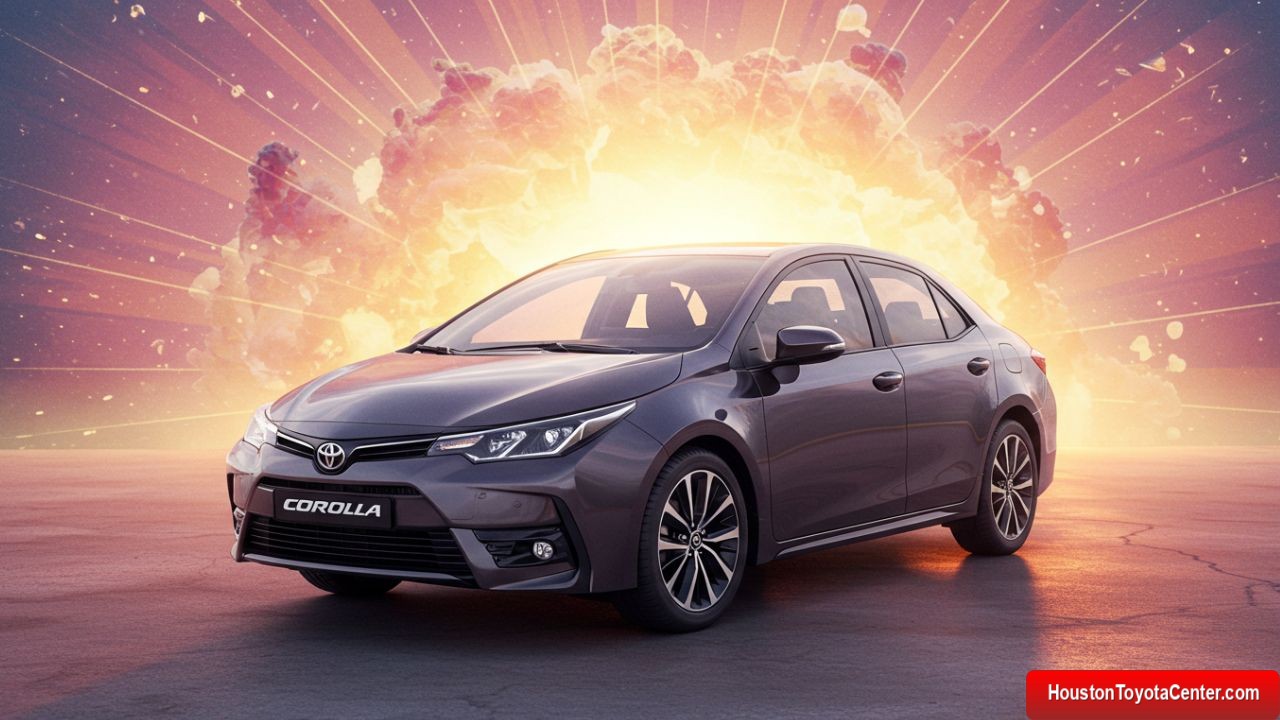Since its debut in 1966, the Toyota Corolla has cemented its place as the world’s best-selling car, with over 50 million units sold globally. Its success lies not in reinventing the wheel, but in its relentless ability to evolve. From humble beginnings as a compact economy car to its current status as a tech-forward, globally adaptable vehicle, the Corolla’s journey is a masterclass in automotive Darwinism. This article explores the engineering, design, and strategic decisions that have allowed the Corolla to thrive across generations, markets, and shifting consumer demands.
Chapter 1: The Corolla’s Origins and Early Generations (1966–1980s)
The Corolla was born in post-war Japan, where affordability and practicality were paramount. The first-generation E10 model (1966–1970) featured a 1.1L engine, rear-wheel drive, and a minimalist design tailored for urban commuting. Its lightweight construction and reliability quickly won over Japanese buyers.
By the 1970s, global expansion began. The third-generation E30/E50 (1974–1979) introduced front-wheel drive in some models, improving interior space and fuel efficiency—a critical shift during the oil crisis. Toyota’s decision to prioritize durability and low ownership costs turned the Corolla into a global phenomenon.
Key Milestones (1966–1989):
FREE: Quickly identify and understand problems with your vehicle 🚘
CLICK HERE| Generation | Years | Engine Options | Innovation Highlights | Global Sales Impact |
|---|---|---|---|---|
| 1st (E10) | 1966–1970 | 1.1L, 1.2L | Rear-wheel drive, compact design | 500,000+ units sold |
| 3rd (E30) | 1974–1979 | 1.2L–1.6L | Optional FWD, improved safety features | 5 million+ cumulative sales |
| 5th (E80) | 1983–1987 | 1.3L–1.6L (incl. diesel) | Aerodynamic design, fuel injection | 10 million+ milestone (1983) |
Chapter 2: Embracing Technology and Performance (1990s–2000s)
The 1990s marked a turning point. As competitors focused on niche markets, Toyota doubled down on modular platforms and global standardization. The eighth-generation E110 (1995–2000) debuted with dual airbags and anti-lock brakes, aligning with stricter safety regulations.
In 2000, the ninth-generation E120/E130 introduced the ZZ engine series, featuring Variable Valve Timing with intelligence (VVT-i). This innovation boosted fuel efficiency by 10% while maintaining performance—a critical selling point amid rising environmental concerns.
Performance Meets Practicality:
- Corolla Levin/Trueno: The sportier variants (AE86) became cult favorites, popularized by drifting culture and manga like Initial D.
- Hybrid Experiments: Though overshadowed by the Prius, early hybrid prototypes laid groundwork for future eco-friendly models.
Chapter 3: Design Revolution and Modular Engineering (2010s–Present)
The 2010s saw the Corolla shed its “boring” reputation. The eleventh-generation E170 (2013–2018) adopted Toyota’s Keen Look design language, with sharper lines and a trapezoidal grille. However, the true breakthrough came with the TNGA platform.
Toyota New Global Architecture (TNGA):
Introduced in the twelfth-generation E210 (2018–present), TNGA revolutionized the Corolla’s DNA:
- Lower Center of Gravity: Improved handling and stability.
- Multilink Rear Suspension: Replaced torsion beams for a smoother ride.
- Standardized Components: Reduced production costs while enabling regional customization.
Safety Leap: Toyota Safety Sense (TSS) 2.0 became standard, featuring:
- Pre-Collision System with Pedestrian Detection
- Lane Departure Alert with Steering Assist
- Adaptive Cruise Control
Chapter 4: The Green Corolla – Hybrids and Electrification
In 2018, Toyota launched the Corolla Hybrid, leveraging Prius technology. Its 1.8L Atkinson-cycle engine and electric motor delivered 52–53 MPG, appealing to eco-conscious buyers without compromising practicality.
Sustainability Strategy:
| Model Year | Powertrain | CO2 Emissions (g/km) | Fuel Efficiency (MPG) |
|---|---|---|---|
| 2019 | Hybrid (1.8L) | 89 | 53 |
| 2023 | Hybrid (2.0L Dynamic Force) | 76 | 58 |
Toyota’s “Beyond Zero” vision hints at a fully electric Corolla, possibly leveraging solid-state batteries by 2030.
Chapter 5: Regional Adaptability – One Car, Many Faces
The Corolla’s genius lies in its glocalization—global vision with local execution. Examples include:
- North America: Larger dimensions, 2.0L engines for highway driving.
- Europe: Diesel options (until 2018), tighter handling for winding roads.
- Southeast Asia: Flex-fuel variants (E20/E85 compatibility) in Thailand.
Case Study: Corolla Cross (2020–Present)
This SUV spin-off (built on TNGA-C) caters to the SUV craze, offering elevated ground clearance and AWD without abandoning Corolla’s core values.
Chapter 6: The Future – Autonomous Driving and Connected Ecosystems
Toyota’s partnership with Lexus on Arene OS (a vehicle software platform) suggests future Corollas will feature:
- Over-the-air updates.
- Level 2+ autonomy via Advanced Drive.
- AI-driven personalization (e.g., adjusting cabin settings based on driver mood).
Conclusion: The Corolla’s Enduring Formula
The Corolla thrives by balancing continuity and change. It retains its identity as an affordable, reliable compact car while embracing cutting-edge tech and regional tastes. As Toyota navigates electrification and autonomy, the Corolla’s evolution remains a blueprint for longevity in a disruptive industry.
In the words of Akio Toyoda: “The Corolla is not just a car; it’s a promise.” That promise—to adapt without losing its soul—will drive its journey for decades to come.


Leave a Reply